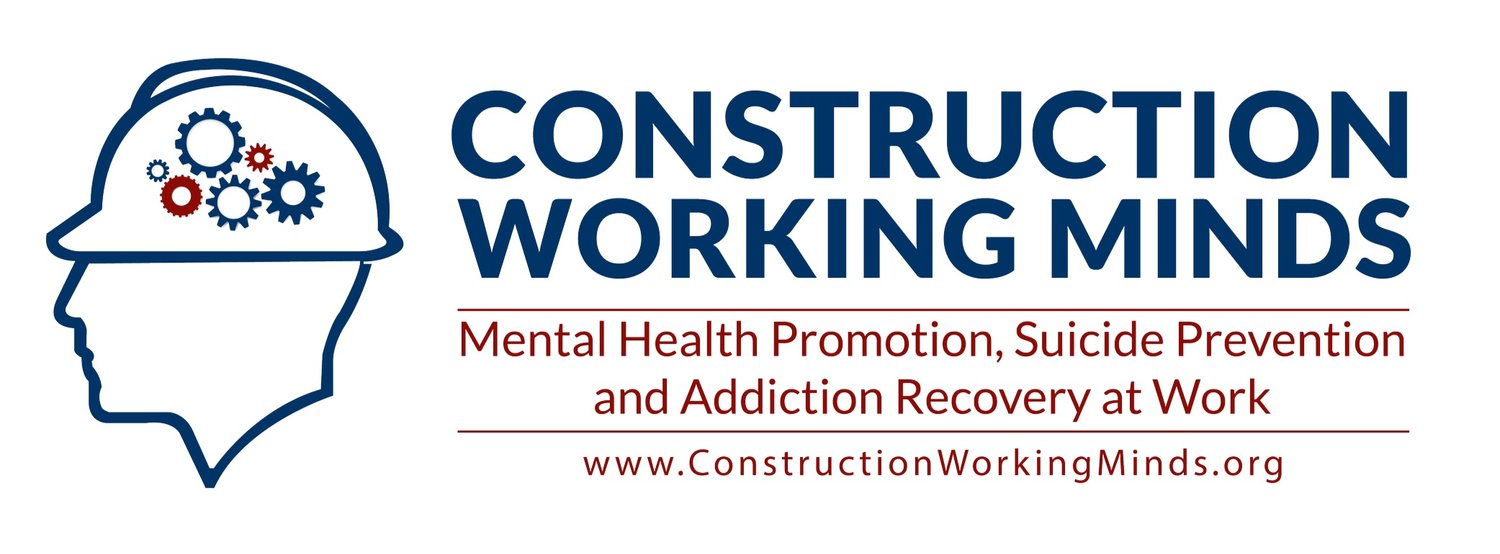HOW PREPARED IS YOUR COMPANY?
Check if these qualities are often true of your workplace. Answering yes to even one of these should make you ask yourself how are you and/or those around you doing? What can be done to lower the risk?
Characteristics of Workers:
❏ Male dominated workforce
❏ Personality of machismo and fearlessness: These individuals are least likely to admit to any type of perceived “weakness” and least likely to seek help on their own.
❏ Self-medication through alcohol or substance abuse
❏ Transitory/seasonal workforce: When workers are often in transitory or seasonal employment, they can experience a lack of community and a sense of isolation.
❏ Sleep disruption: Working long or abnormal hours can effect sleep, causing mental and physical exhaustion.
❏ Chronic pain: Employees experiencing physical injury or chronic pain can experience depression and hopelessness and the desire to escape through death.
❏ Undiagnosed and untreated mental health conditions: Many barriers to proper diagnosis and treatment of mental health conditions exist. Sometimes it has to do with the stigma of having a mental illness. Sometimes is has to do with access to adequate care. Frequently, people do not connect physical symptoms of insomnia and agitation to underlying mental health conditions. Because of this disconnect, when these symptoms are present, they are not fully addressed.
❏ Lack of access to quality mental health care: Because of temporary and contract labor status, many people in the construction industry do not have adequate insurance to cover treatment for mental health conditions and addictions.
❏ Strained marriages and family conflict: Family problems can interfere with work productivity and long work hours and substance abuse can often contribute to divorce and family conflict.
❏ Financial strain: Debt and lack of regular job opportunities cause financial hardship and can contribute to significant anxiety and instability.
❏ Access to lethal means (such as construction sites)
❏ Shame: When a humiliating job failure occurs and the employee’s main source of identity is their work, this event can trigger suicidal thoughts.
❏ Entrapment: When employees feel that they must do something they would not normally do because they see no other way to meet their goals.
❏ Workplaces involved in community suicide deaths: Sometimes construction sites like bridges and buildings are involved in suicide deaths.
Culture of Workplace:
❏ Employer values do not make wellness a priority.
❏ Communication practices do not model openness and support.
❏ Workplace involved in community suicide deaths.
❏ Stigma for mental health conditions exists.
❏ “Pressure Cooker Stress” is the norm.
❏ Mental health benefits not offered or not covered at the same level as other physical disorders.
❏ Workplace not aware of general local mental health resources.
❏ Workplace doesn’t have an Employee Assistance Program, or has one but doesn’t promote it to employees.
❏ Workplace doesn’t routinely offer educational programs and training on mental health topics.
❏ Workplace doesn’t distribute mental health awareness material (brochures/posters/fact sheets).
❏ Workplace doesn’t encourage screening for mental health conditions like depression, anxiety, and substance abuse.
❏ Workplace doesn’t have Standard Operating Guide for how best to handle suicide crises.
““The buddy system was originally set up as a safety concern. We’d ask each other, ‘Do you have everything planned out so you’ll be safe?’ The buddy system gave new people an opportunity to say something if they saw anything happening that was wrong. But it was never geared toward “how are you doing today?””


